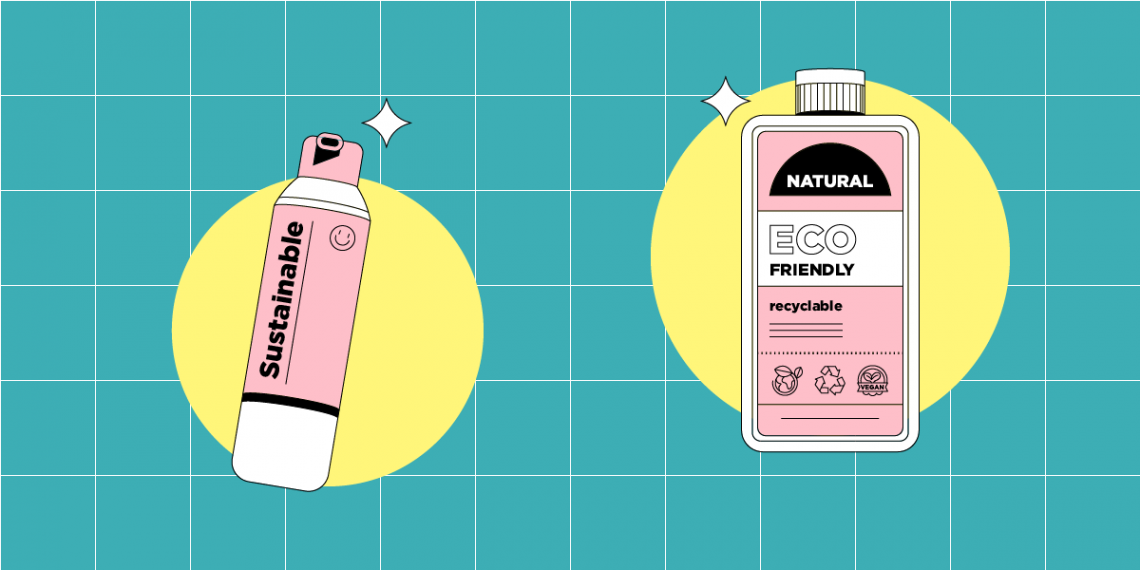What has a bigger impact on humankind, what do you think – Beyhive or beehive? Ok, Beyonce, let`s be real, you lost this one. Beyhive is powerful for sure, but bees and beehives have the power to feed all of Bey`s fans and many more, and that isn`t something to be underestimated. Unfortunately, it is and we must change that by any means, one of them by applying innovative technology.
Bees the Queens
Bees have a direct and enormous impact on Earth`s ecosystem, biodiversity, nutrition quality and food quantity by being such hard-working pollinators. The numbers prove their vital importance. Namely, around 87% of the crops we consume need to be pollinated by bees and other kinds of insects, in order for us to have quality fruits, vegetables, oils, coffee, tea, etc. Let’s say it this way – one-third of what we eat is pollinated by bees. Their work, therefore, affects the work of farmers, providing them income, especially smallholder farmers in developing countries. In the last 50 years, agricultural production capacities that depend on pollinators have expanded by 300 percent. The significance of these tiny workers cannot be emphasized enough and it goes way beyond honey production.
In the past, nature was successfully managing pollination processes, but in the last decade or so, there is a dramatic decline of bee species. Leading culprits for such trend are a change of agricultural practices (the use of insecticides, monocultures, landscape changes etc.), but also the still inexplicable CCD (Colony Collapse Disorder) syndrome and climate change. Human impacts led to defeating extinction rates that are 100 to 1 000 times higher than normal. We must reverse the decline.
Let’s see how some clever people came up with idea to use web and mobile services to save the bees.
What’s all that buzz about?
When you have an IT engineer who is also a beekeeper, you get BeeWeb. This platform is an ICT support to beekeeping, founded in Serbia, yet having global potential. BeeWeb is a unique software solution connecting beekeepers and growers.
Why, what`s the problem?
Large honey pasture areas are overcrowded while others are being wasted, having as a consequence a considerable amount of honey not being gathered and crops not being pollinated. This start-up is based on a specially designed algorithm that optimizes the arrangement of beehives which beekeepers want to move near sunflower fields. In that way, the application helps match migratory beekeepers and honey pastures, but also migratory keepers and transporters. The main idea is to make every available bee pasture visible to beekeepers. That results in more efficient crops pollination, richer yield, less expenses for beekeepers and significantly greater amount of honey. Yields would get bigger by 30%. All that thanks to web technologies.
What should users do?
Beekeepers who use BeeWeb need to leave information about the number of beehives and which crop are they interested in, while farmers should input data about the location of their orchards, sunflower fields and/or locust tree land, with its acreage. Users can register also via their accounts on social networks or Google. Orchard owners would get an email or a message including the info about the particular beekeeper interested in transporting beehives, and the match is made thanks to the previously mentioned algorithm. They negotiate a price, make a deal, and eventually, all interested parties are getting what they need. Simple as that. In this form, BeeWeb was presented in San Francisco in 2016. at TechCrunch Disrupt conference where it was modernly named as Airbnb for beehives.
Can it get more innovative than that?
It seems it can. There is one more element of modern tech in this highly positive project, and that is BeeWeb IoT device for hive management. "With our IoT device", say the founders, "and cloud solution based on data provided with BeeWeb IoT device, beekeeper will know when is the right moment to check out his beehives and with that he will be able to save bees with his actions." Being powered by solar energy, this device could measure temperature, humidity, audio signals in the hive, its weight and GPS location. For example, if the food in the hive is running low, user gets notification on his cell phone so he can react adequately. Again, significant assistance of technology. The device is expected to be on the market in 2019. Bees are buzzing forward to it.
Let’s buzz off to save the queens
We bet beekeeping was the last branch of agriculture you could have imagined being aided by modern technologies. However, applying existing and newly created web solutions to traditional ways of functioning seem necessary at this point of beehive crisis. Bees certainly deserve fighting for them on all fronts. Think the founders should contact Queen Bey and her Beyhive army, why not?!







We have invented and developed a machine that using pure bee wax makes honeycomb with complet cells. Using these honeycomb the bee-keeper gains honey and can clean the hive without drugs. You can see the machine at www.breat.eu These honey comb have been tested in Canada and in Europe this last spring. You can see photos in the web.
Beekeeping can be fully automated. Beekeeping will be available to any consumer. We are looking for a developer for our idea. The total market for new technology is 12 billion dollars.